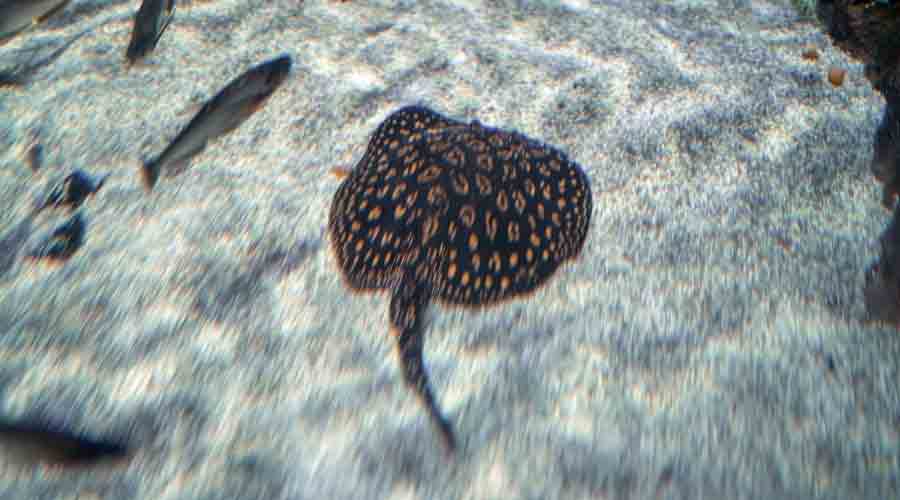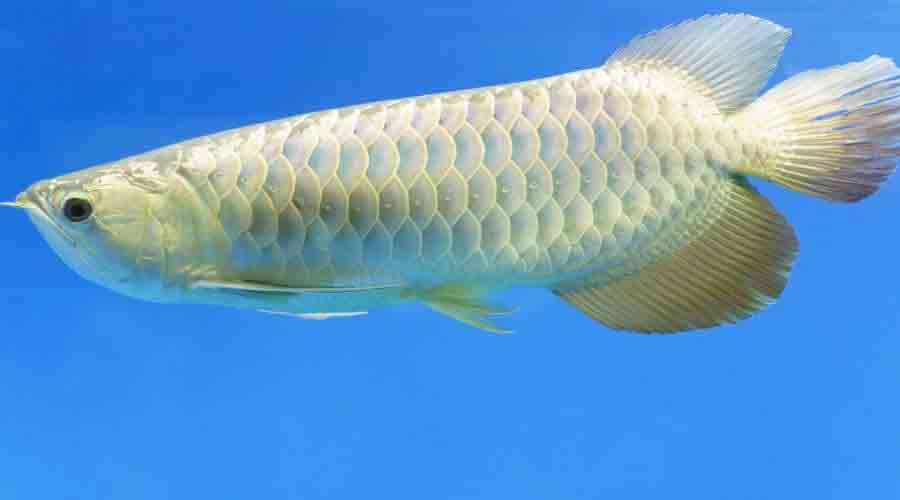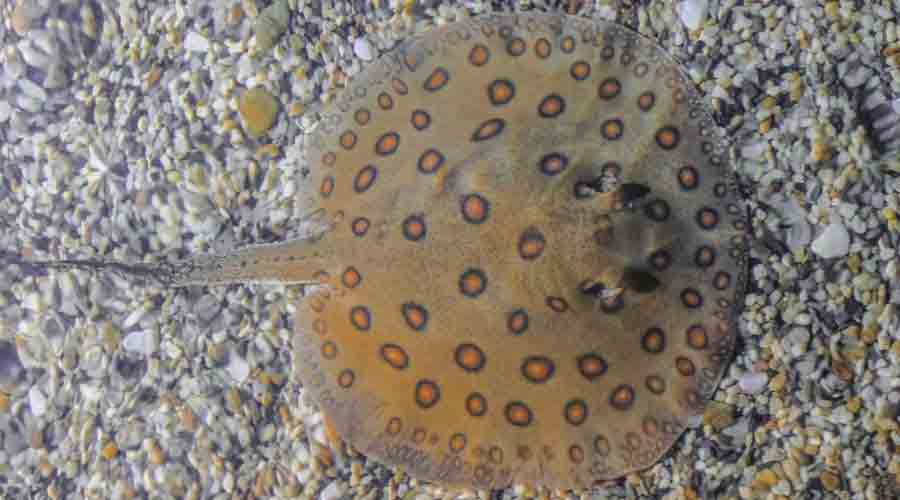This blog will explore the freshwater stingray, including its origin, care, temperament, and everything else you need to know to keep this amazing animal in your aquarium.
Origins
This fish is a member of the superorder Batoidea, making them relatives of saltwater rays, as well as sawfish and sharks. All of these share a flexible cartilage skeleton rather than one made of bone.
In their natural habitat, freshwater stingrays populate the world’s various tropical regions.
The Temperament of the Freshwater Stingray
An incredibly personable species, they do have several idiosyncrasies that can make them challenging for some keepers, such as their messiness and aggressiveness toward smaller fish.
On the plus side, not only will they get to know you and greet you when you come to feed them, but they may even let you touch them. That said, beware of their venomous stingers. They won’t harm you, but they can hurt.
Types of Freshwater Stingrays

These fish come in a broad range of patterns and sizes, though even the smallest can still be considered large. The Atlantic Stingray, for instance, a smaller variety, can still achieve a one-foot diameter.
Of the literally dozens of species of freshwater rays available for aquarium owners, the following are among those most commonly found in pet stores. Notice how pricey they can get.
Atlantic Stingray
- Home Region – North American Atlantic Coast
- Scientific Name – Hypanus Sabinus
- Diameter – 10 to 12 inches
- Price – $100
Giant Freshwater Whipray
- Home Region – Indonesia and Southeast Asia
- Scientific Name – Urogymnus Polylepis
- Diameter – Up to seven feet
- Weight – Up to 1,300 pounds
- Price – $300 if young
Ocellate Stingray
- Home Region – Throughout South America
- Scientific Name – Potamotrygon Motoro
- Diameter – Up to 24 inches
- Price – $150 to $300
Porcupine River Stingray
- Home Region – Upper Rio de la Plata
- Scientific Name – Potamotrygon Hystrix
- Diameter – Up to 16 inches
- Price – $150 to $250
Tiger River Stingray
- Home Region – Upper Amazon, Peru
- Scientific Name – Potamotrygon Tigrina
- Diameter – Up to 28 inches
- Price – $750 to $1000
Xingu River Stingray
- Home Region – Xingu River, Brazil
- Scientific Name – Potamotrygon Leopoldi
- Diameter – Up to 18 inches
- Price – $750 to $1500
How Big Does the Freshwater Stingray Get?
As the above statistics show, freshwater rays can get fairly large, depending on the species, ranging from less than a pound up to 1,300 pounds, and from less than a foot up to seven feet.
Fish Tank Requirements for the Freshwater Stingray
All freshwater rays need a large aquarium with excellent filtration, ideally including substrates and fine sand (more on that in a moment.) Because rays are such wide creatures they need a lot of space to swim around. However, because they tend to keep to the bottom of the tank, they don’t require much height. Therefore, a long and wide tank is essential for a ray, but you can save a few bucks by getting one with a lower height.
A minimum-size aquarium for a smaller ray, like an Atlantic stingray or a young Potamotrygon, is 125 gallons (72½ x 18½ x 23⅜.) Adult Potamotrygon requires at least 200 gallons.
Volume is also a critical component of a freshwater ray’s tank, as they produce a prodigious quantity of feces and ammonia, yet have incredible sensitivity to their water conditions. A large-volume aquarium will help you to clean it easier and for longer.
In addition to tanks, custom pools of the appropriate size will work as well.
Substrate
The substrate you use is one of the most important components of your freshwater ray’s habitat. Among the best is silica-free fine sand. Eschewing substrate altogether for a bare-bottom aquarium is another popular option.
The key drawback with sand-substrate aquariums is they’re more cumbersome to clean, while the main problem with bare aquarium floors is that they deny your ray the ability to dig, bury and hunt for prey. Rays frequently cover themselves in the sand, leaving only their eyes exposed. Sand substrates also tend to make for a more aesthetically pleasing aquarium. Aquariums with bare bottoms may make it easier for the rays to find their food, but it deprives them of the stimulation of the hunt. The bare glass also leaves them exposed at all times, which could be a source of stress for creatures that enjoy burying themselves and hiding.
Adornments
Be very careful what adornments, like rocks, driftwood, and plants, you place in a tank or pool with a freshwater ray. A ray’s disk can easily be punctured or torn, so you should avoid sharp objects. Because the freshwater stingray likes to dig, live plants will quickly get uprooted. Good plants for a tank or pool with freshwater rays are those like Anubias and Java Ferns that attach to driftwood.
The more decorations you place on the floor of the aquarium, however, the less space you give these bottom-dwellers to move around.
Heaters
Any heater you place in an aquarium with a freshwater ray, be sure to cover with a guard. Since rays cover a large surface area and are prone to meandering, they can easily brush up against a heater and get burned.
What Does the Freshwater Stingray Eat?
The freshwater stingray is a voracious carnivore and has a hearty appetite. Their skin contains thousands of electrosensitive pores known as Ampullae of Lorenzini that aid them in detecting the electric fields other creatures emit. In the wild, this enables them to hunt in complete darkness and detect hidden prey.
In an aquarium, they’ll be satisfied with any protein-rich food, and will even take well to hand feeding.
What Other Fish Can You Keep with Stingrays?
Voracious predators, freshwater rays will attack any smaller fish at night while they sleep. Despite this tendency, they are actually quite peaceful creatures, and if you place other aggressive fish like large Cichlids and predatory catfish in the aquarium with your rays, they should all keep each other in their places. Avoid Plecostomus, or “plecos,” however, as they like to attach to ray’s disks from above and suck mucus from them, which is not only stressful for the rays but can cause infections.

Other good freshwater fish to place with your freshwater rays include:
- Arowanas
- Communal Cichlids like Severums and Angelfish
- Pacu
- Knifefish
- Large Gourami
- Silver Dollars
- Tinfoil Barbs
Selecting the Right Freshwater Stingray for Your Aquarium
When selecting a freshwater ray for your tank, look for a healthy specimen with an active and engaging personality and no observable wounds or open sores. One of the best ways to gauge the vigor of a ray is to observe it during feeding time. Find out when the pet store feeds their rays, and ask if you can observe them during this time. Healthy rays will ravenously devour their food, almost attacking it.
Avoid rays displaying a poor appetite or low energy. Also, avoid rays that have a curl to the outer edges of their disk. This is a reaction to extreme stress and can even be a sign of a nervous system injury that may have occurred while the ray was in transit to the pet shop. A ray’s disk should be relatively flat, though it certainly should ripple while it’s in motion.
Lastly, inspect a rays waste droppings for signs of internal parasites they may have caught while in the wild or in transit. These signs include pale and/or stringy feces. This is a sign a round of parasite treatment may be wise before you bring the ray home and introduce it into a tank with other fish. Healthy ray feces, incidentally, appears curly, dark, and bountiful.
The Freshwater Stingray: A Recap
The freshwater stingray is an intelligent, engaging, and exotic looking fish that can be a great addition to the right aquarium. Just be sure to give it enough space, keep its habitat clean and avoid placing any species with it that it may want to eat.

